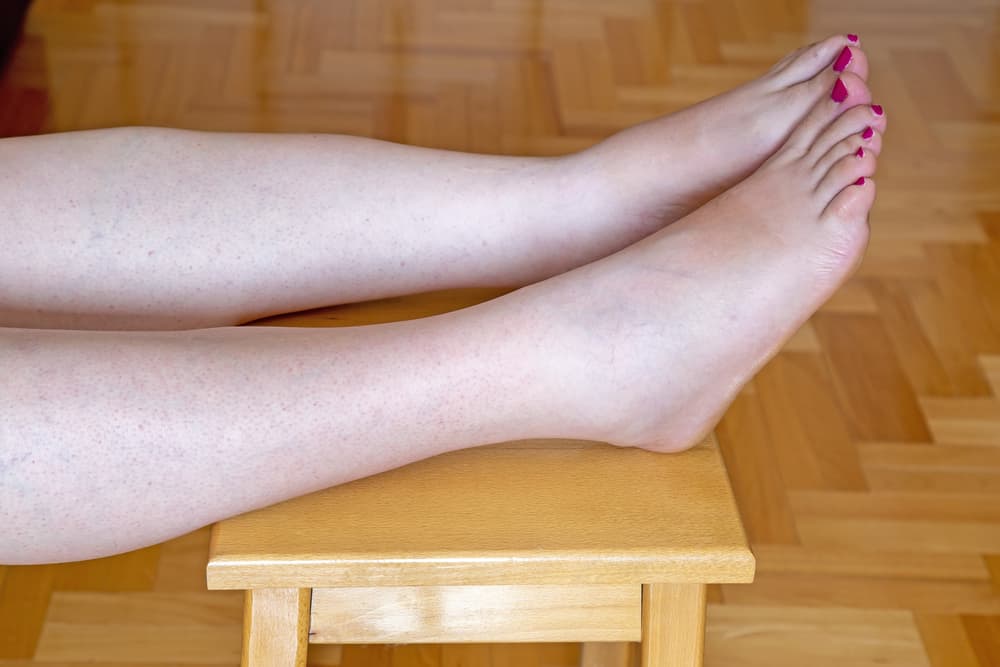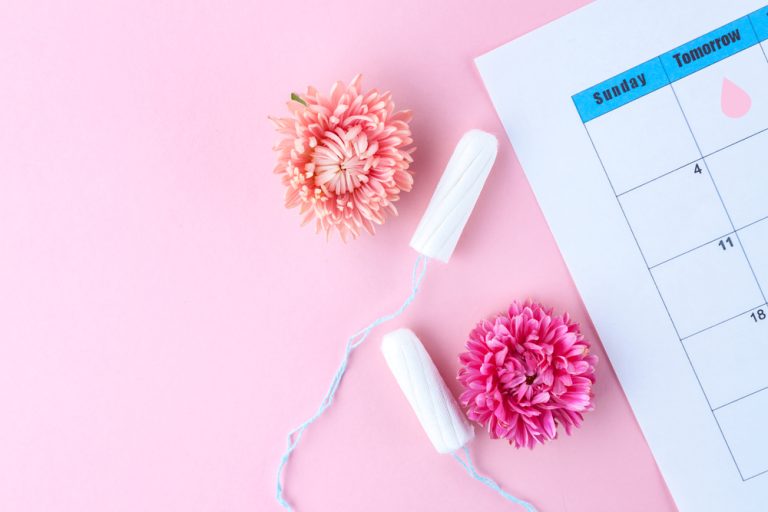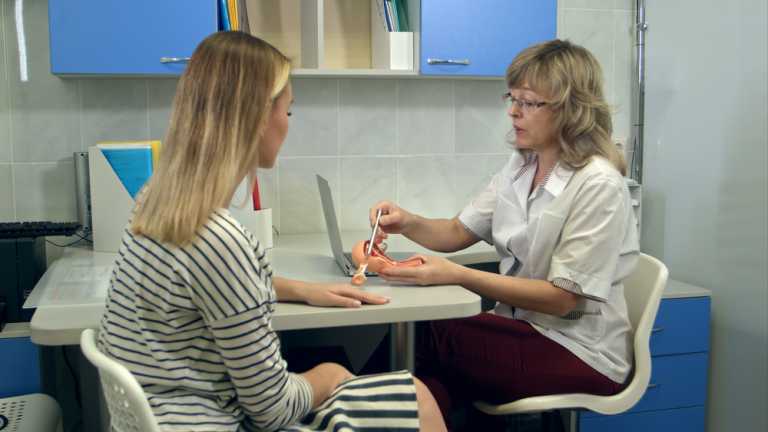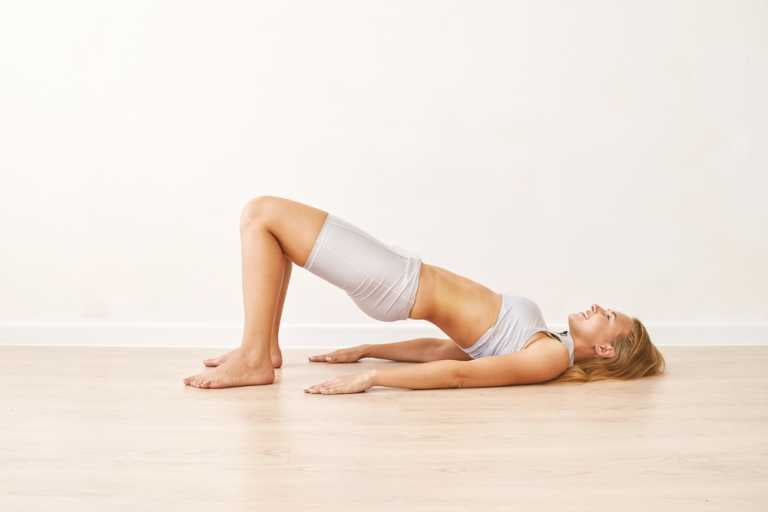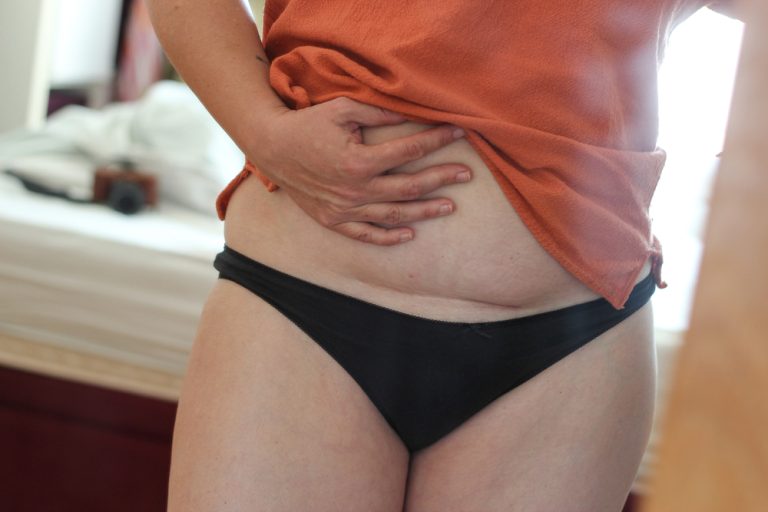Wouldn’t it be great if giving birth magically took away all those pregnancy niggles? Unfortunately, most women will sweat more, need to pee all the time, and have swollen feet after a c-section.
Usually, these symptoms are due to excess fluid from pregnancy and your IV. But, occasionally, they can be a sign of something more serious. Here’s what you need to know.
Are Swollen Feet After a C-Section Normal?
Swollen feet are one of the most common side effects of a c-section delivery. It’s called postpartum edema, and it can leave your feet, legs, and hands puffy and uncomfortable for days.
The usual symptoms include:
- Symmetrical swelling. So, both feet swell to the same size.
- Skin looks stretched or shiny.
- Your feet feel full or heavy.
- Indentations remain after pressing your feet for a few seconds.
What Causes Swollen Feet After a C-Section?
The top 4 reasons for puffy feet after cesarean delivery are:
- Excess Fluid
During pregnancy, your body stores up to 50% more fluid than usual. And, during a c-section, you’ll receive even more liquid through your IV. All this fluid has to go somewhere, and due to gravity, your feet will take the lion’s share.
- Hormones
Your hormones, estrogen and progesterone, have a huge impact on fluid retention. After delivery, your levels of both will plummet, potentially triggering your swelling.
- Pressure From Your Uterus
As your uterus expands, it restricts blood flow to and from the lower part of your body. This allows fluids to build up, causing your feet to swell. Your cesarean will relieve the pressure, but it will take your body time to clear the fluid.
- Staying Still
It can be uncomfortable to move around post-section, causing you to be less active than usual. This will make it more difficult for your body to get rid of retained fluids.
When Will Swollen Feet Go Away After a C-Section?
The good news is that your body should clear the excess fluid within a week. The less good news is that it does this through urination and perspiration. So you might find yourself sweaty and making frequent trips to the bathroom.
Don’t be surprised if your feet don’t fully return to their pre-pregnancy size, though. During pregnancy, you’ll have a higher body mass and 10x higher levels of the relaxin hormone. This combination loosens the ligaments in your feet and flattens your arches. Some women can jump a whole shoe size.
What Can Help With Swollen Feet After a C-Section?
The best healer of swollen feet is time and your own kidneys. But, if you want to speed things up, here are a few remedies to help alleviate the swelling.
Compression Stockings
Compression garments like stockings and socks can prevent swelling and lower the risk of deep vein thrombosis. Choose a pair that feel snug, but not uncomfortable, and end just below your knee.
Walking
Walking will increase your circulation and speed up the drainage of your puffy feet. But, don’t push yourself too far, as standing for long periods can make things worse. Instead, walk a little and often.
A good idea is to do a few laps of your house every time you need to pee, which will be a lot.
Ankle Circles
Another trick to increase circulation in your feet is to keep your ankles moving. The best bit about this one is that you can do it lying down.
Simply flex and point your foot 30 times, then rotate it 8 times in one direction and 8 times in the other. Do this every couple of hours to keep things moving.
Massage
Postpartum massage can improve circulation and help drain excess fluids. It’s also a great stress reliever, which can be wonderful in the early days after a c-section.
It’ll be most effective if you can find a professional specializing in postpartum clients.
Foam Rollers
Using a foam roller can improve your circulation and speed up blood flow. This’ll help your body to flush out the fluid build-up more quickly.
Drinking Lots of Water
It may feel counterintuitive, but drinking lots of water will actually help your body flush out excess fluid. It will also promote the healing of your scar. Win, win.
Elevating Your Feet
Keeping your feet elevated above your heart will get gravity involved in draining them. Try it for 30 minutes at a time, at least 3 times a day.
Eating Well
Eating foods that are high in potassium will combat the sodium in your body and reduce water retention. Avocados, Spinach, Tomatoes, Oranges, and Potatoes are all great sources.
Also, be sure to include lots of lean protein in your diet, like poultry, legumes, beans, and eggs. And, as a bonus, onions and garlic are great circulation boosters.
Avoiding Salt, Sugar, and Caffeine
Salt, sugar, and caffeine cause water retention and will slow your body’s efforts to eliminate your excess fluid.
Loose Fitting Clothing
Avoid any clothing that might restrict your circulation. You need all that fluid to move freely so your body can remove it effectively—a lovely excuse to stay in your sweats.
When to Worry About Swollen Feet After a C Section
Although postpartum edema is normal, occasionally, it can indicate a more serious condition. See a doctor if:
- Your swelling is asymmetrical, painful, red, or warm. This could be a symptom of a blood clot or deep vein thrombosis.
- You have a continuous or recurring headache, visual disturbances, blurred vision, vomiting, or sensitivity to light. These can be signs of preeclampsia.
- You are having chest pain or trouble breathing. This could be a sign of a heart condition called peripartum cardiomyopathy.
Are Swollen Legs Normal After a C-Section?
Don’t panic if your swelling extends beyond your feet and up your legs. It’s normal for your legs to swell after a cesarean delivery too. It just means you’ve got some extra fluid to get rid of.
How to Ease Swollen Legs After a C-Section
You can treat your puffy legs in the same way as your feet. So, elevation, a low sodium diet, staying hydrated, and moving little and often will all help.
